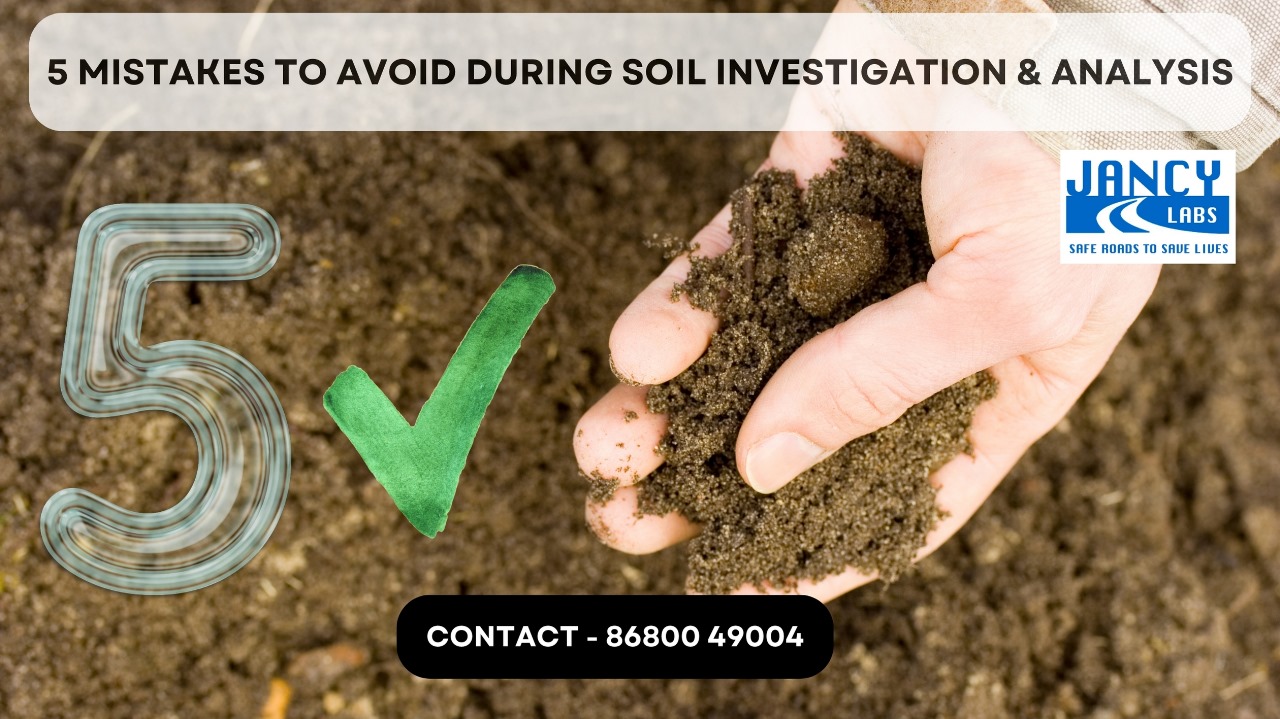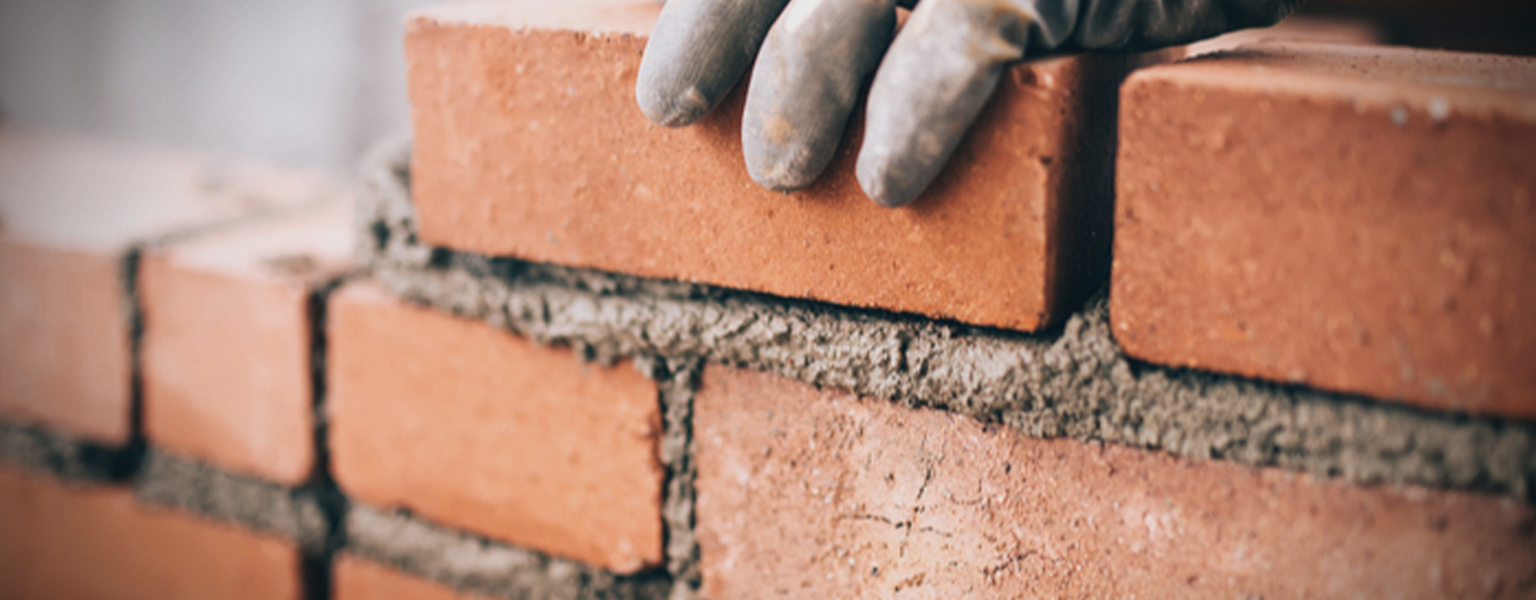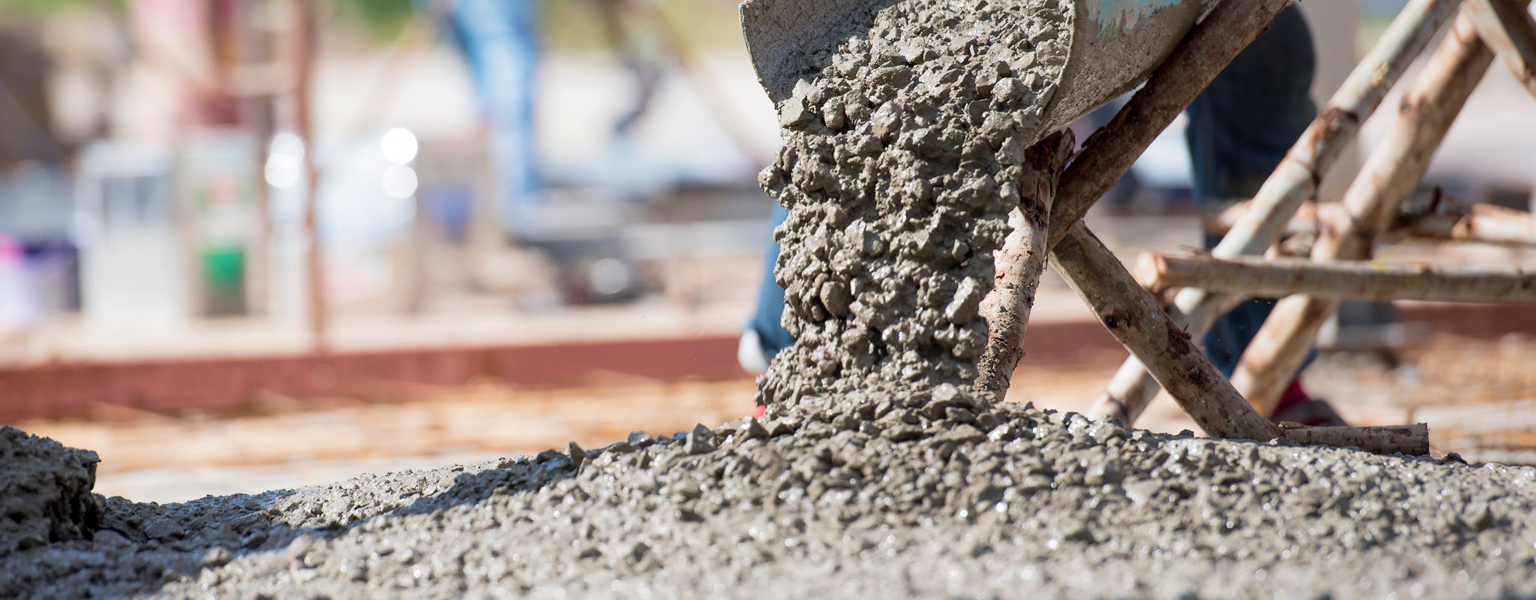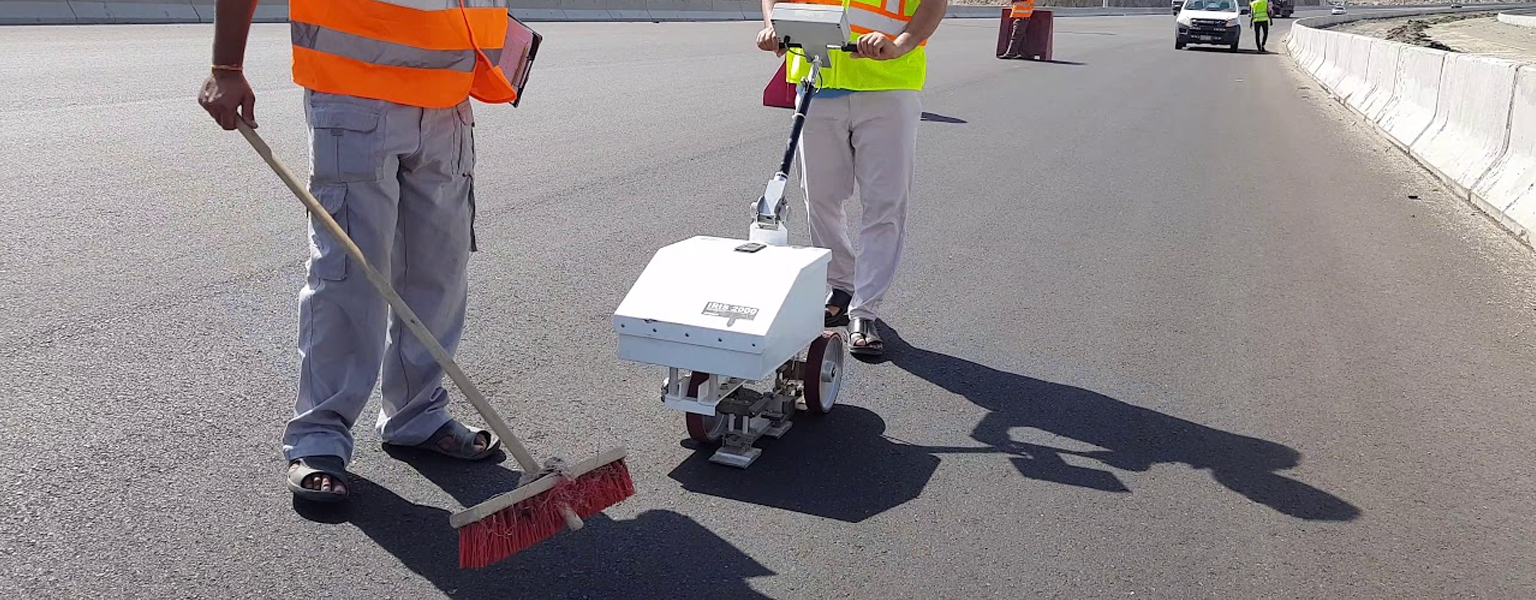Blog
5 Beginner mistakes to avoid while testing the soil for construction
Soil testing is an important process in assuring the stability of the building and its bearing capacity. But when it comes to budding engineers who are starting their career in construction or an individual who is planning to build a house or building for their private usage might cause these mistakes while the process, that may cause potentially high risks. To avoid those errors the following factors can be considered during soil testing for construction:
Process of Soil Testing & Different types of soil tests
Purchasing land simply for construction does not mean it is suitable for all the engineering processes that will be conducted. The quality and bearing capacity of the particular land must be put into tests in order to initiate any process.

But most importantly the environment where the land is located is a very essential factor in order to avoid any environmental pollution or hazard warning. Hence, a series of Soil testing processes must be conducted to analyze the properties of the site where the construction project is to be initiated.
1. Ignoring detailed soil testing procedures
Most common mistakes done during construction is not performing a detailed soil testing process. Relying just on a simple soil test and limited samples across the site is a great disadvantage by leaving an incomplete data on the soil properties. For instance, ignoring deeper soil issues and conducting only a surface level test may affect the result data when there is presence of groundwater at different layers of the soil. Hence, conducting multiple analysis like Standard Penetration Test (SPT), Cone Penetration Test (CPT) and soil moisture tests is very essential to get a thorough understanding of the construction site.
2. Overlooking the change in soil conditions due to seasonal variations
The conditions of the soil may change with respect to the seasons, especially the moisture content and frost levels. Testing the soil in a dry season may give different results compared to testing in a wet or rainy season. Beginner tend to ignore this factor, which leads to improper assessments. Seasonal variations is a vital factor to be considered, and each and every sample of the site must be examined for those conditions either on the prior seasons or through artificial simulations.
3. Incorrect approach in Sample collection
Sample collection is an important protocol which helps to test the condition of soil in the construction site. Engineers with little experience or beginners in soil testing might make a mistake by incorrectly collecting the soil sample by not focusing in deeper sides of the soil, contaminating the sample or by ignoring to collect samples from different areas of the site. To collect a soil sample properly, the tools used for collection must be sterilized. Then samples should be collected from various depths of the soil and directly stored in a clean container in order to avoid any contamination in the sample. Make sure to label the samples that represents a particular depth a particular location in order to provide accurate and precise results in the soil testing.
4. Inconsideration of Soil Density and Compaction
The Density and compaction of soil are critical factors that determines the Load Bearing Capacity (LBC) of the soil. These factors are always underestimated by beginners that may cause grave danger to the building. Compaction tests like proctor tests, should be conducted to determine the optimum moisture content at which the soil attains maximum density. Ignoring this test may result with foundation settling and crackling.
5. Misinterpretations of Soil Test Results
Assessment of the soil and providing results for the analysis requires a level of experience and understanding of the geotechnical engineering principles. Beginners with little knowledge may misinterpret the data, that leads to incorrect results about the soil conditions for construction. One must have proper soil mechanics knowledge or years of experience in soil testing in order to evaluate a construction site properly. Misinterpretation of the data may lead to serious risks that impose threat to the structural integrity of the construction.
Hence, by avoiding these factors during soil investigation and soil analysis one can get accurate and proper data about the site. To ensure a safe, stable and durable building and to avoid long–term risks in the foundation, soil testing process is very necessary. Jancy Labs Madurai is one of the best soil testing lab in Madurai, Tamil Nadu that conducts thorough soil investigation and provide the most accurate results for the projects.

Brick,Block,Rock
Brick testing is a crucial quality control process in construction to ensure the durability and strength of bricks used in building structures. Various tests are conducted on bricks, including compressive strength tests, water absorption tests, and efflorescence tests, to evaluate their performance under different conditions.

Cement Testing
Cement testing is essential to ensure the quality and performance of construction materials. It involves evaluating properties such as compressive strength, setting time, and consistency to guarantee the reliability of cement in various construction applications.

Roughness Index Test
The Roughness Index Test is a standard procedure used to quantify and assess the surface roughness of materials or surfaces, providing valuable data for quality control and engineering applications.
Contact
Need Help? Contact Us
Address
Madurai
Call Us
+91 86800 49004
Email Us
jancylabsmdu@gmail.com
